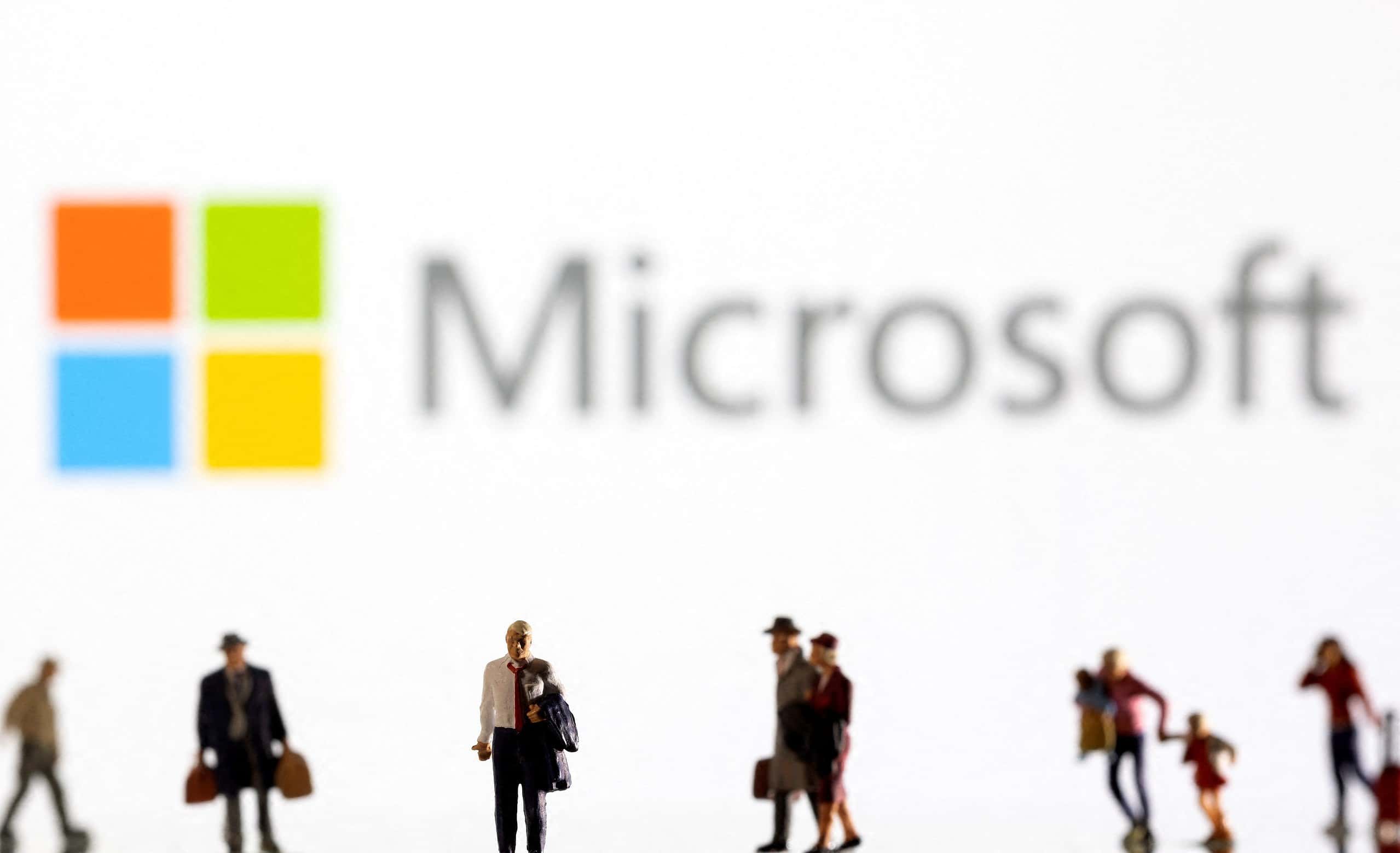Microsoft New Future of Work Report sums up researches to aid design of hybrid work
3 min. read
Published on
Read our disclosure page to find out how can you help MSPoweruser sustain the editorial team Read more

Mobility restrictions altered work operations as companies adopted the remote set-up two years ago. Now, as industries are easing back to normal, it is undeniable that the return to workplaces is taking with it the lessons of the past two years. As a result, returning to the workplace at present is not a simple “return” to the pre-pandemic ways, especially as the Hybrid Work Era has commenced.
Hybrid work models, however, present not only opportunities but also new sets of challenges and questions. To aid the community in building new work models based on the lessons from the previous year, Microsoft New Future of Work Report 2022 synthesized findings of various studies of researchers at Microsoft and other parts of the globe, which focused on the evolving hybrid work and technologies.
The emergence of the hybrid work era represents a change in the geography of work, especially with more employees preferring hybrid work and more employers planning for it. For instance, according to Nicholas Bloom, Professor of Economics at Stanford University, 47% of American employees prefer hybrid work. Further, Microsoft Work Trend Index in 2022 shows that 21% of the global survey respondents reported quitting their jobs for a lack of work flexibility in terms of time and location.
Further, even if more employers are planning on hybrid work, it seems that employees are expecting more flexibility than employers are planning to provide. The report expressed uncertainty about how this scenario will play out. For instance, the report cited Wang and co-authors who shared that in Microsoft China in 2021, 31% of the survey respondents were working full time in-person, even though they could perform their work at home.
The where and when of work are also influenced by technological developments. The computing industry is expected to play a significant role in ensuring that the benefits of this new era will be maximized and distributed equitably.
Indeed, technology has an enormous effect on hybrid work operations, and enhancements to hybrid practices might be affected by the fact that technology improvements take time. However, the report suggested that there could still be some changes that could be implemented without the need to wait for such technology improvements. For instance, managers could select the meetings’ configurations and locations based on purposes and expand their strategies. Companies may also try meeting-free days.
It is also notable that there is increased recognition of the values of well-being, work-life balance, and inclusivity. Initiatives are taken to consider these contexts in the workplace.
Among the identified challenges are the environmental factors at home and work (such as air quality, temperature, and noise) that could affect productivity. Further, remote work could also have mixed effects on one’s well-being. While it could lead to greater job satisfaction, employees may also feel isolated and guilty.
This report is one of the public resources generated through the New Future for Work Initiative, which is the biggest research initiative in the company’s history. The initiative brought together multiple researchers from Microsoft, LinkedIn, and GitHub to maximize the unique opportunities of the moment and look into how digital technologies could improve the various work models.








User forum
0 messages